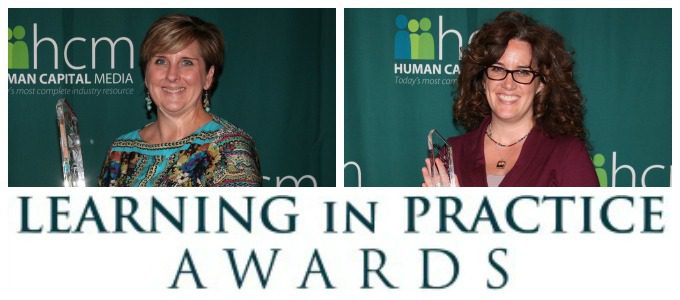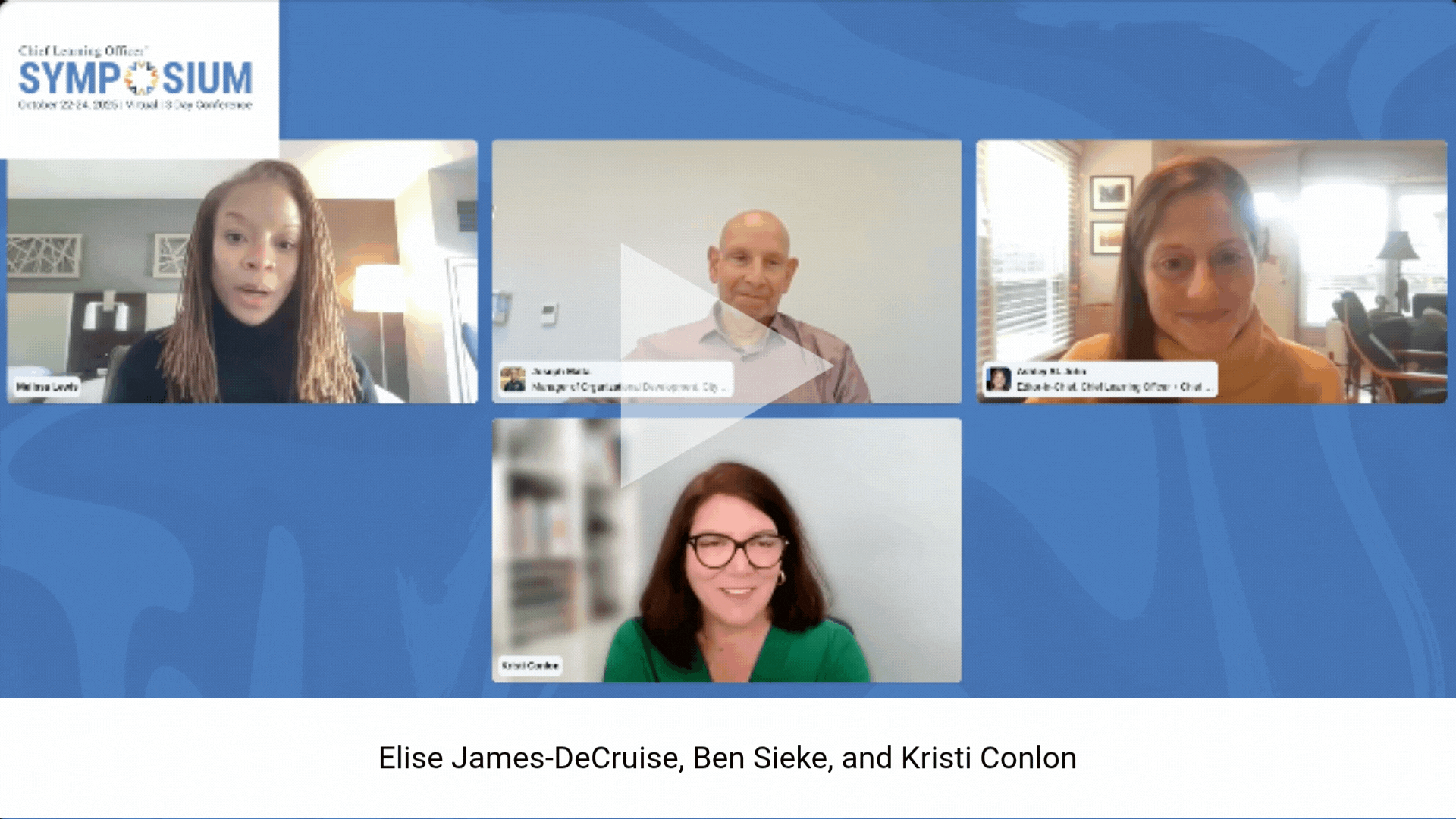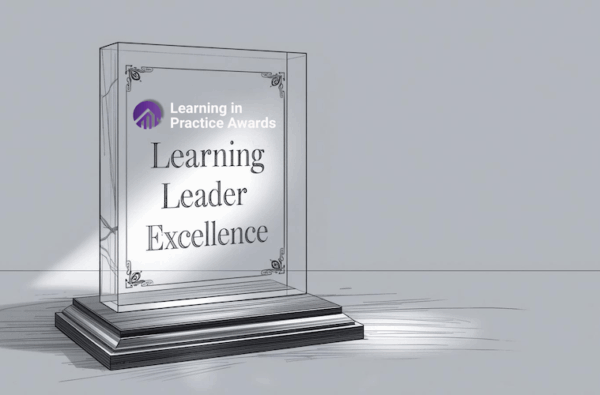From left: Kimberly Stewart and Tara Gray
Gold
Kimberly Stewart
Senior Vice President of Corporate Learning, First Citizens Bank
When giant mergers reshuffle a bank’s philosophy and culture, it can be easy to lose track of a unified customer approach. From 2009 to 2013, First Citizens Bank acquired six financial institutions with assistance from the Federal Deposit Insurance Corp., followed by a merger of its banking subsidiaries, with an additional non-FDIC-assisted merger. This presented a major challenge: unifying the sales and business practices of eight unique cultures into one cohesive brand.
In response, Kimberly Stewart of First Citizens Bank created the Sales 360 initiative to overhaul its sales tools and learning resources. The Sales Strategy Group paired up with the learning and development division to shape programs that would create a consistent sales model to implement across the organization.
“While a certain amount of flexibility is essential for sales success given the unique opportunities in each of our market segments, there are significant advantages if all sales associates are guided by a common set of sales principles,” said William Fowler, group vice president of the Sales Strategy Group.
The Sales 360 initiative scrapped more than 80 older, inefficient learning processes during its analysis, replacing them with a focus on inbound and outbound sales interactions and procedures, which include nine different learning courses, in-person classes with an instructor, virtual classes, video role plays and manager-associate scenarios.
The program effected bottom-line productivity, producing a 12 percent increase in sales, an 8 percent lift in fee income and improvements in mystery shop scores. Post-campaign sales came in at 108 percent, with campaign branches outperforming noncampaign branches in households with five or more services by 10 percent. Learners followed that up with enthusiastic feedback about how the program changed the conversations between sales associate and customers for the better.
Silver
Tara Gray
Learning and Organization Development Lead, Chevron Project Resources
Chevron Project Resources estimated that about 65 percent of its experienced employees who have worked for more than 25 years would retire in the next five years. Foreseeing this, the company hired and contracted staff with more than 10 years of experience, thinking they won’t need training. Further, the generic competency self-assessment tools and learning plans currently in use were not related to relevant capital projects for the company.
Tara Gray, Chevron’s learning and organization development lead, sought to rework the learning curriculum to focus on relevant ways of doing business. Part of it was e-learning designed for various skill levels, including skill maps for key capital projects that help identify functions expected from participants. In addition, the curriculum focused less on lectures and more on hands-on and experimental approaches.
A 2013 survey of its leadership program, Project Supply Chain Management, saw positive responses in the 90th percentile and higher for categories like relevancy to the job and willingness to recommend activity. Six months later, 78 percent of respondents agreed that learning improved their performance.
Bronze
Delores Stuckey
Learning and Development Division Manager, Pension Benefit Guaranty Corp.
President Barack Obama signed executive orders promoting diversity in federal workers, among them veterans. Delores Stuckey, learning and development division manager for Pension Benefit Guaranty Corp., took on the task of creating a formal development program for federal agencies to integrate veterans post-hiring.
Stuckey researched and developed appropriate content for online and instructor-facilitated courses. Classes included veterans with military experience who succeeded in the federal workforce as well as interactive scenarios discussing teamwork, management and communication styles, and negotiation and conflict resolution.
The Veterans Integration Program addresses a significant issue, as replacement costs to recruit and hire employees can cost as much as 150 percent of an individuals’ annual salary. Pension Benefit Guaranty is working on rolling out the program throughout the federal government.
















